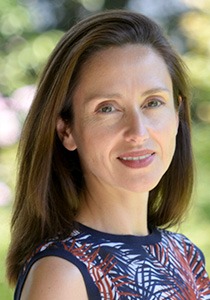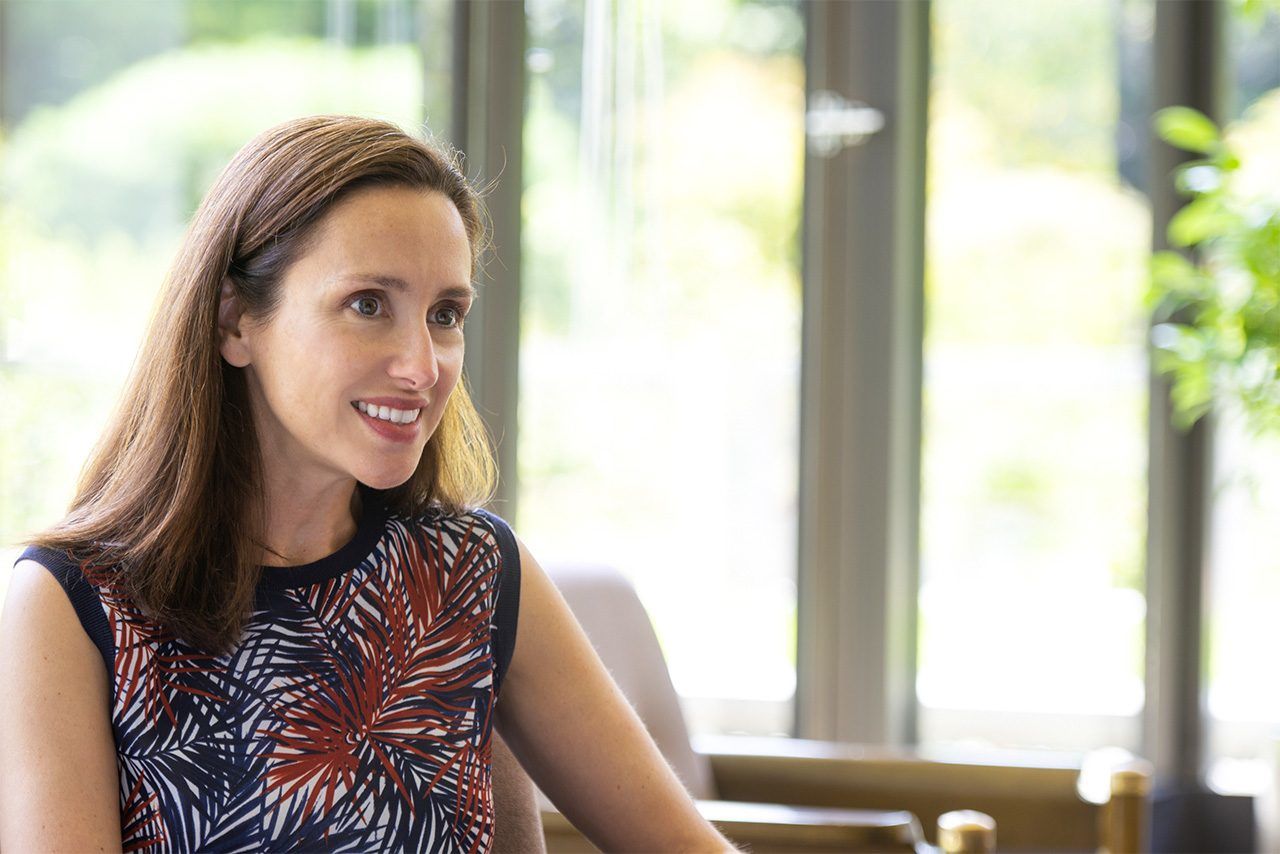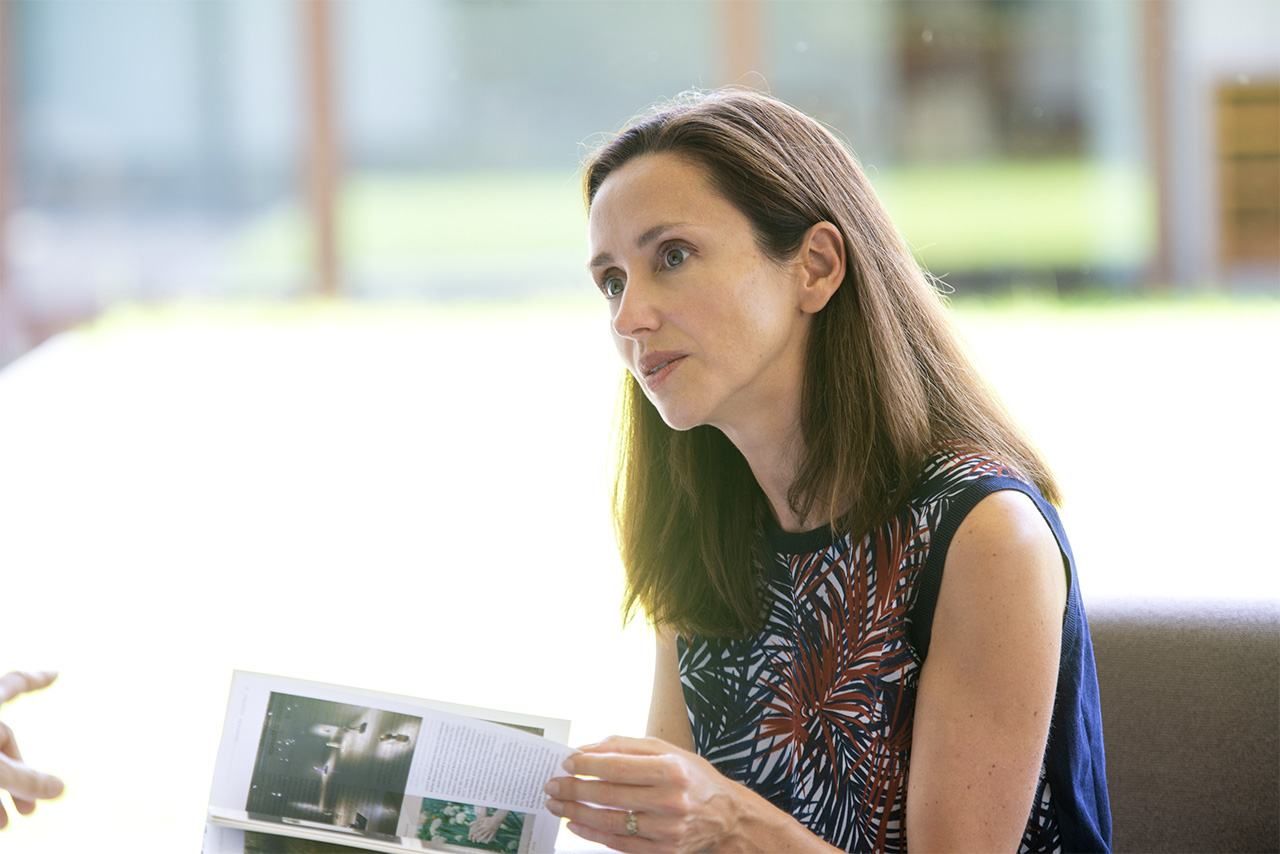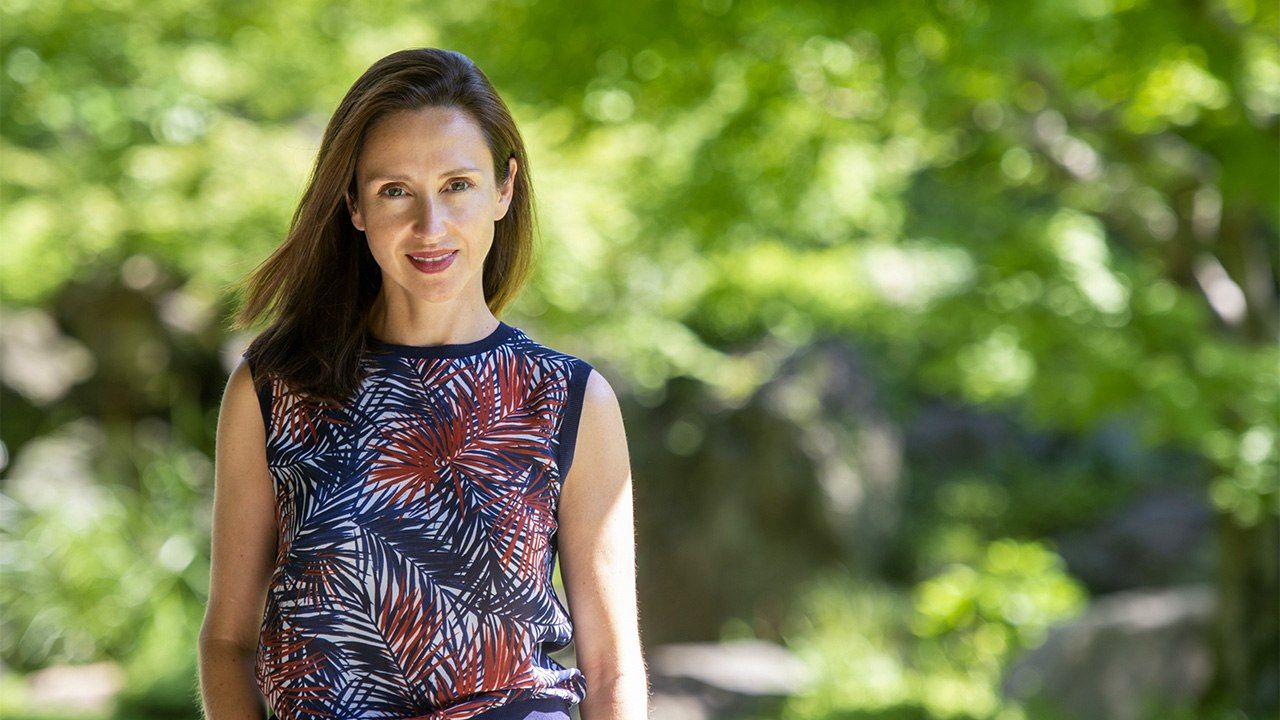
Sophie Richard: Discovering the Charm of Japanese Museums
Culture Art- English
- 日本語
- 简体字
- 繁體字
- Français
- Español
- العربية
- Русский
Japan is home to more than 1,000 art museums. Some are beautifully maintained old residences that have been converted into museums. Little information about such facilities is available in English, though, making it difficult for international visitors to discover these hidden gems. Sophie Richard has visited about 200 venues nationwide, conducting in-depth interviews with museum curators and directors, and has written a guidebook telling the story behind each museum. She has also curated and led guided tours, taking small groups of art lovers from Western countries to some of her favorite museums.
Hidden Gems
INTERVIEWER What drew you to Japanese museums?
SOPHIE RICHARD Back in 2010, I happened to stumble upon a hundred-year-old Japanese house belonging to the Asakura family, who were landlords in Tokyo’s fashionable Daikanyama district, and found myself as the only visitor. I was mesmerized, and felt inspired and eager to discover more about the place and its story. I have been in love with Japanese culture, especially its traditional architecture, since my childhood. But it was at this moment that I decided to embark on a research project to explore the sheer number of Japanese museums.
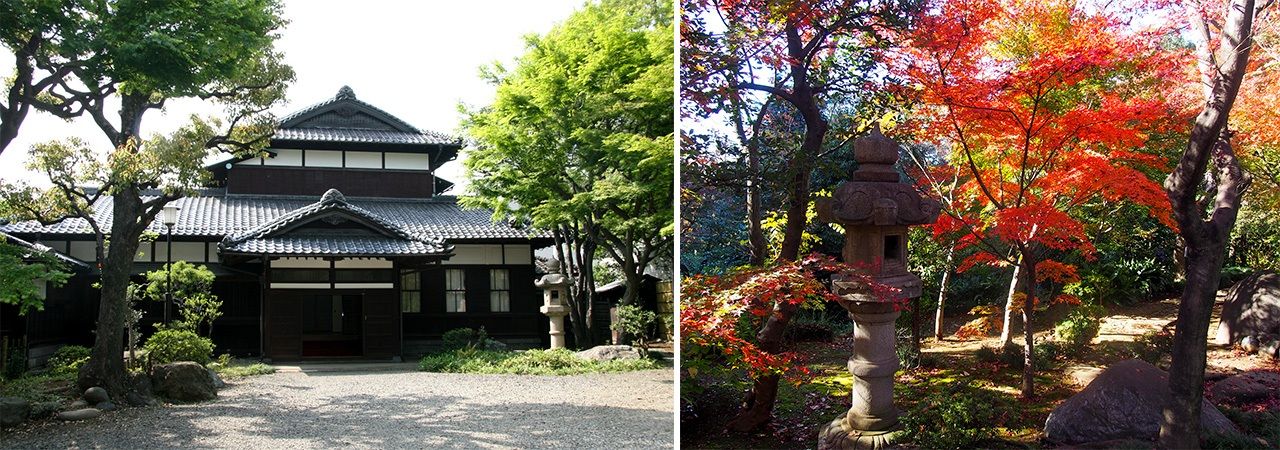
The Kyū Asakura House and its garden. (© Shibuya Municipal Government)
INTERVIEWER Why did you decide to write a guidebook about these museums?
RICHARD About fifteen years ago, when I first came to Japan as a tourist, I found it extremely difficult and time-consuming to choose which museums to visit and to find accurate information about them. I started interviewing curators and directors of museums, and wrote a few articles on some of the museums. The first interview I was granted was by Fukutake Sōichirō, the creator of Benesse Art Site Naoshima, a project focused on art, nature and architecture around the small islands of Naoshima, Teshima and Inujima. Those museums are extraordinary! I then decided to publish a book, as I felt that there were many great stories to tell.
When penning the book, I was trying to put myself in the shoes of international visitors, thinking about what their interests would be. In a way, the book is what I would have wanted as a visitor to Japan.
INTERVIEWER Your book stands out because you share your personal findings with your readers, while also giving them practical information, such as which museums require them to conform to general Japanese customs and remove their shoes before entering.
RICHARD I think it’s fascinating to learn how these museums were founded, what collections and ambitions they have, who works behind the scenes, and how the museums rotate their exhibitions. The Nezu Museum, for example, is known for the Kakitsubatazu, the folding Iris Screens created by the eighteenth-century artist Ogata Kōrin. The screens are a national treasure, and many visitors want to view them. But they are shown for only four weeks a year, when the irises are in full bloom. I explained in my book that this is because they are in fragile condition, so that those who come out of season from overseas won’t be disappointed.
Unlike Western museums, which typically show their greatest treasures at all times, museums in Japan change their displays quite often, which I found remarkable. The curator at the Nezu Museum told me that less than 10 percent of the museum’s collection is on view at any given time.
Besides these kinds of findings, I added a little section at the end of each entry to talk about local attractions, such as other related museums, nearby gardens, tea houses, and restaurants in a few cases. I hope my personal suggestions will be useful for the reader.
Broader Scope
INTERVIEWER The new guidebook you released in July 2019 updates and expands upon your first book, published in January 2014. What did you add?
RICHARD The book introduces more than 150 museums, compared with about 60 museums that I covered in the previous book, with over 110 given in-depth treatment. I also included more regions, from Hokkaidō to Okinawa, because those who visit Japan more than once may want to get out of the big cities and explore the countryside. The book is divided into eight geographical regions: Tokyo, the area around Tokyo, Kyoto and its surrounds, West Japan, East Japan, Shikoku and the inland sea, Kyūshū Hokkaidō, and Okinawa.
In the Tokyo section, I couldn’t introduce all the museums I wanted to mention, so I listed the names of such museums as the Tokyo Station Gallery and 21 21 Design Sight at the end of the section to make sure that the reader wouldn’t miss any of them.
INTERVIEWER How did you choose which museums to write about?
RICHARD I selected the museums for the quality of their collections, their spectacular settings, and their unique characters. In some cases, even if their buildings are outdated, I included them, as long as their collection tells us something about the important local culture.
The coverage varies, ranging from national institutions to private museums, from world-class galleries to little-known gems, where I found behind-the-scenes stories. My personal encounters with curators and directors were incredibly stimulating and revealed fascinating facts as well as inspiring anecdotes.
INTERVIEWER Which museum is your favorite?
RICHARD It’s hard to pick just one. I love artist’s houses like the Kawai Kanjirō Memorial Museum in Kyoto, as you feel the ambience of the period that the artist spent there and gain an insight into the creator’s life.
The Arte Piazza Bibai in Hokkaidō, a museum of sculptures by Yasuda Kan, is also one of my favorites. I was so touched when Mr. Yasuda told me that his museum was housed in an original primary school building, which had been closed down. The sculptor says that he placed his works not only in the museum, but also outside of the building, so that local children could come and touch his open-air sculptures every day. Many of these private museums have personal stories, which I'd like to convey to the reader.
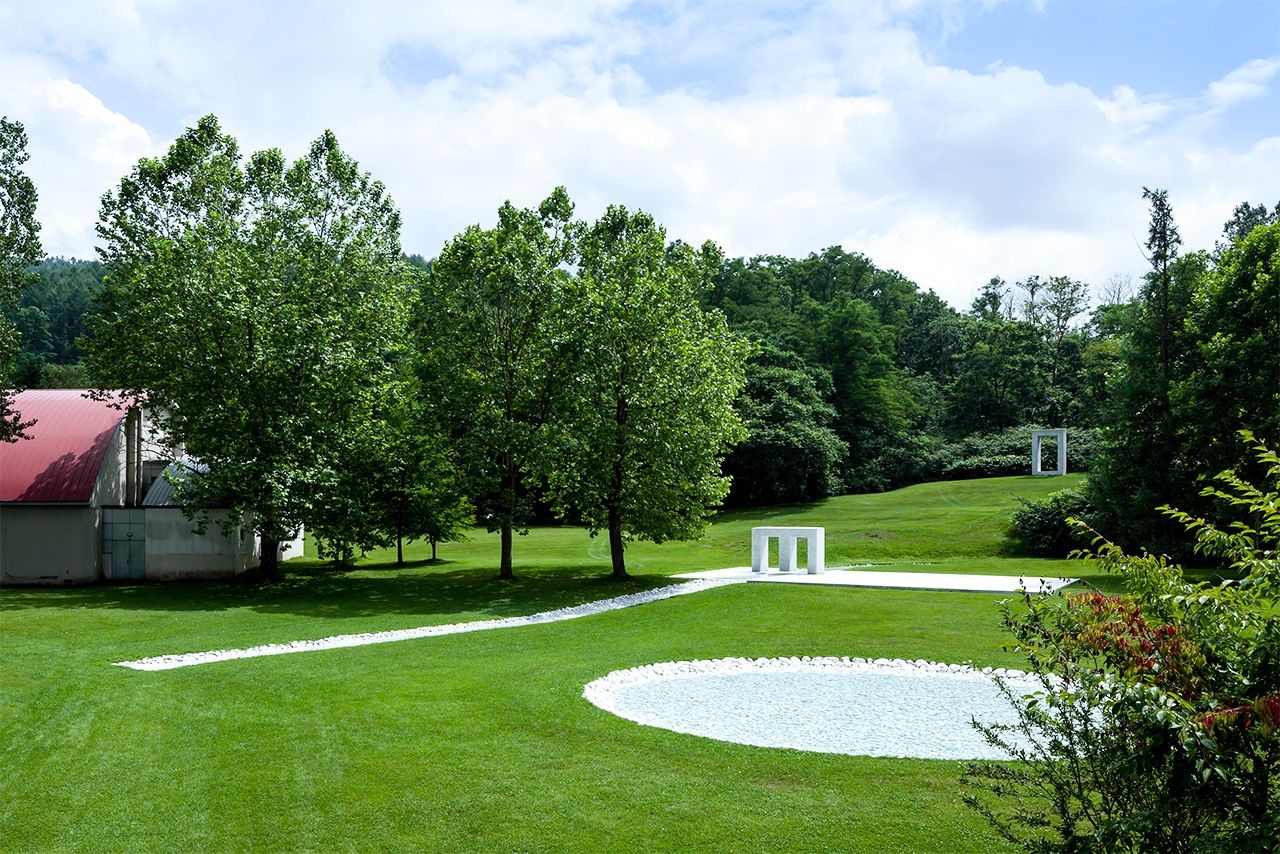
The Arte Piazza Bibai in Hokkaidō. (© Ogawa Shigeo)
INTERVIEWER Now your second book has hit the bookshelves, and a Japanese translation is slated for publication in January 2020.
RICHARD I hope the Japanese translation of my new book will be well-received, just like the first one published in 2016. As I told you earlier, I wrote the first book with visitors from overseas in mind, so it was a wonderful surprise that the Japanese loved my book, and even made a TV series out of it.
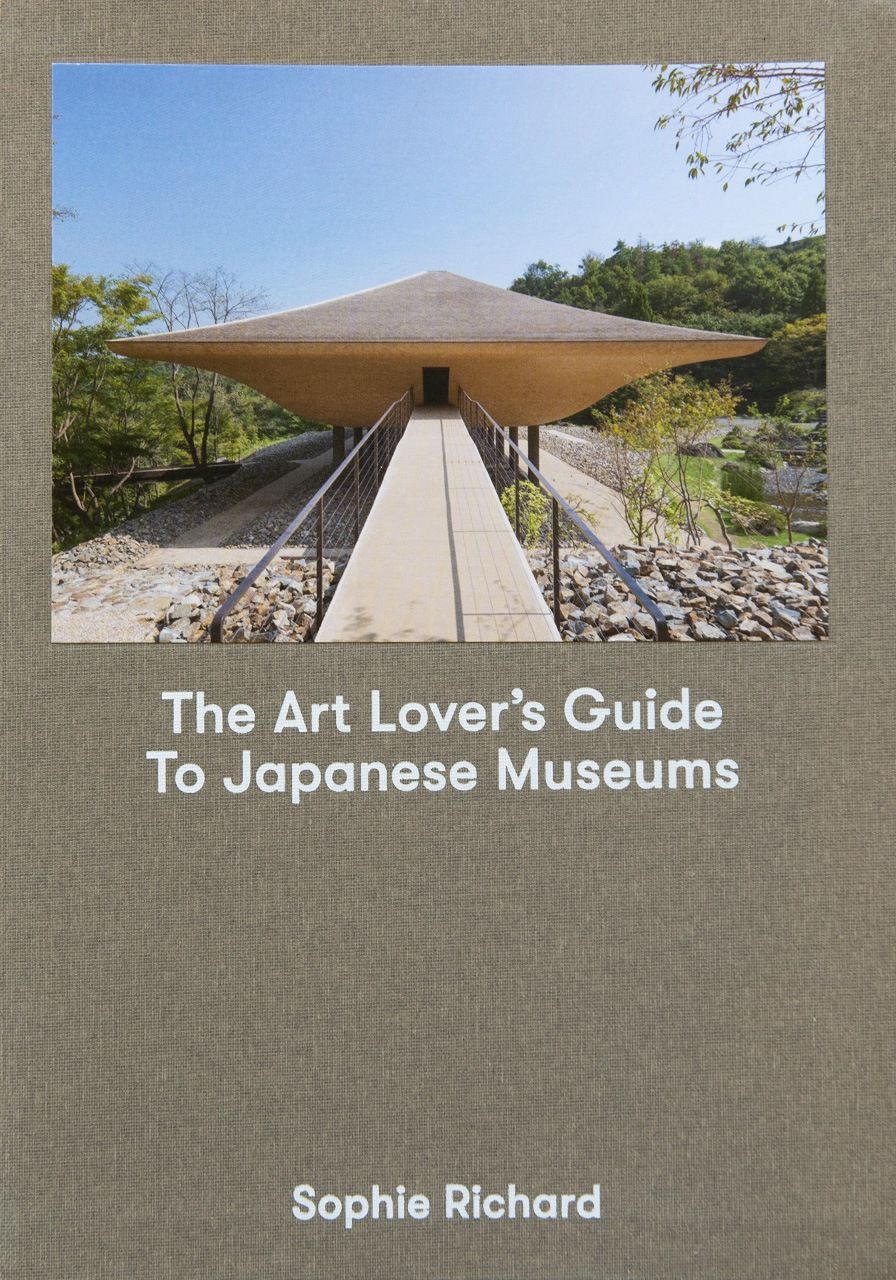
Richard uses the photo of the Shinshōji Zen Museum and Gardens in Hiroshima Prefecture for the cover of her new book, because “the building looks contemporary, but its wooden roof is made by a carpenter from Kyoto based on traditional techniques. It symbolizes what the book is all about, which is to cover museums of all kinds, from traditional to contemporary. The narrow entrance to the museum heightens the expectation of what’s inside both the museum and the book,” she says.
Exclusive Tours
INTERVIEWER Tell us about the recent museum tour, when you guided a group of Western visitors around Japanese museums.
RICHARD It was an eight-day trip. The Courtauld Institute of Art in London asked me, in connection with the opening of its collection showing at the Tokyo Metropolitan Museum, to create a special museum tour for its patrons. I took 24 of them to my favorite museums in Tokyo, Kyoto, Naoshima, Teshima, and Inujima. I also arranged for them to meet with local artists, craftspeople, and curators.
In Kyoto, for example, the fifteenth head of the Raku line of potters welcomed us at his museum and took questions from the group. This was a very special opportunity and a fascinating moment.
At the Chichū Art Museum in Naoshima, one female participant told me that thanks to Andō Tadao’s design, she saw works from Claude Monet’s Water Lilies series with completely new eyes. She was struck by the beauty and peacefulness of the display room, a large underground space, which lets in natural light from above.
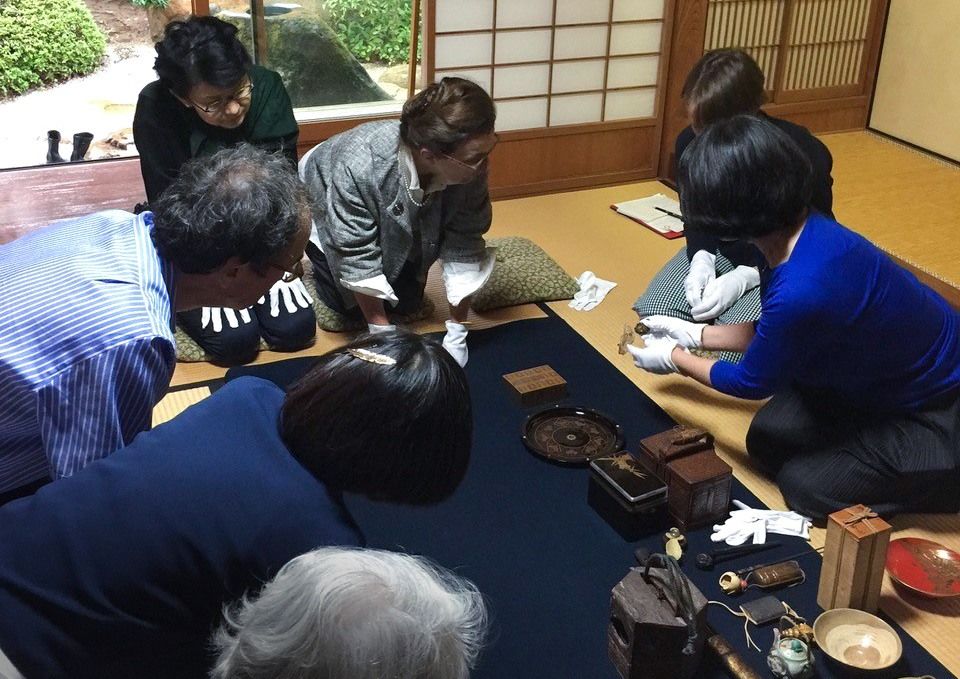
A “handling session” lets visitors touch actual artworks at the Tezen Museum during the 2016 Art and Tradition in Izumo tour. (© Sophie Richard)
INTERVIEWER I heard that you always start your tour in Tokyo from the Gallery of Hōryūji Treasures, part of the Tokyo National Museum in Ueno. Is there any reason for that?
RICHARD It’s a beautiful building designed by Taniguchi Yoshio. It’s also a great place to talk about the early centuries of Japanese art history—how the arrival of Buddhism through China and Korea influenced Japanese culture. I think it’s a good way to set the tone, before we move on to other places, whose collections are from later centuries.
During every tour, I try to talk about the historical background of the objects the visitors look at, and to explain the concept of something quintessentially Japanese, such as chanoyu, the tea ceremony. For people unfamiliar with Japanese culture, the word “ceremony” is problematic, evoking an image of religion, or something akin to it. So, I would take my group to a tea house, where we’d drink thick green tea together, and explain the philosophy of Sen no Rikyū [1522–91]—the grand tea master who perfected the style of chanoyu—and how chanoyu is connected with different forms of art like architecture, ikebana flower arrangement, and ceramics.
INTERVIEWER Did you organize any exclusive events, besides having artists meet with and speak to your group?
RICHARD In the fall of 2016, I cocurated a two-day trip to the Izumo region in Shimane Prefecture, taking people from Europe and Japan to Izumo Taisha Shrine and other cultural sites. One of the highlights of the tour was a unique re-creation of an Edo-period [1603–1868] dinner prepared according to old records and menus kept at the Tezen Museum. After viewing and holding Edo-period ceramics and lacquer ware from the Shimane region exhibited at the museum, we enjoyed a special dinner served on tableware from the period at the Tezen family’s historical residence. I organized the tour with Tezen Wakako, a family member of the founder of the museum, who is now my business partner.
A Cultural Mediator
INTERVIEWER I understand that you are collaborating with Ms. Tezen on a new project.
RICHARD Yes. We have recently established an art consulting partnership, Richard and Tezen LLC, and are undertaking a project supported by the Agency for Cultural Affairs, to help raise the profile of seven small museums in the Izumo region. We contributed to the creation of the Izumo Heritage Museums website in English, introducing the history of these private museums and their current exhibitions. The site, which also provides sample itineraries, will be available in Chinese, French, Japanese, and Korean by the end of the year.
Having visited many small, private museums situated far away from the main tourist areas, I am aware that these institutions are often eager to reach out to the international visitor, but just don’t know how to do it. Sometimes, their handouts in English fail to address their core concepts. For example, more detailed explanations are needed about Japanese historical figures, when—as in many cases—they are not known to people outside of Japan.
My guidebook helps visitors find out what exists, and where. But I’m now interested in working more closely with Japanese museums, to jointly discover the best way to draw in more Western visitors, and to give them more accurate and up-to-date information. Since I know what Westerners are looking for, I would like to be a mediator, building a bridge between Japanese museums and overseas visitors.
(Originally written in English based on a September 19, 2019, interview at the International House of Japan. Interview and text by Kawakatsu Miki; photos by Kodera Kei.)
